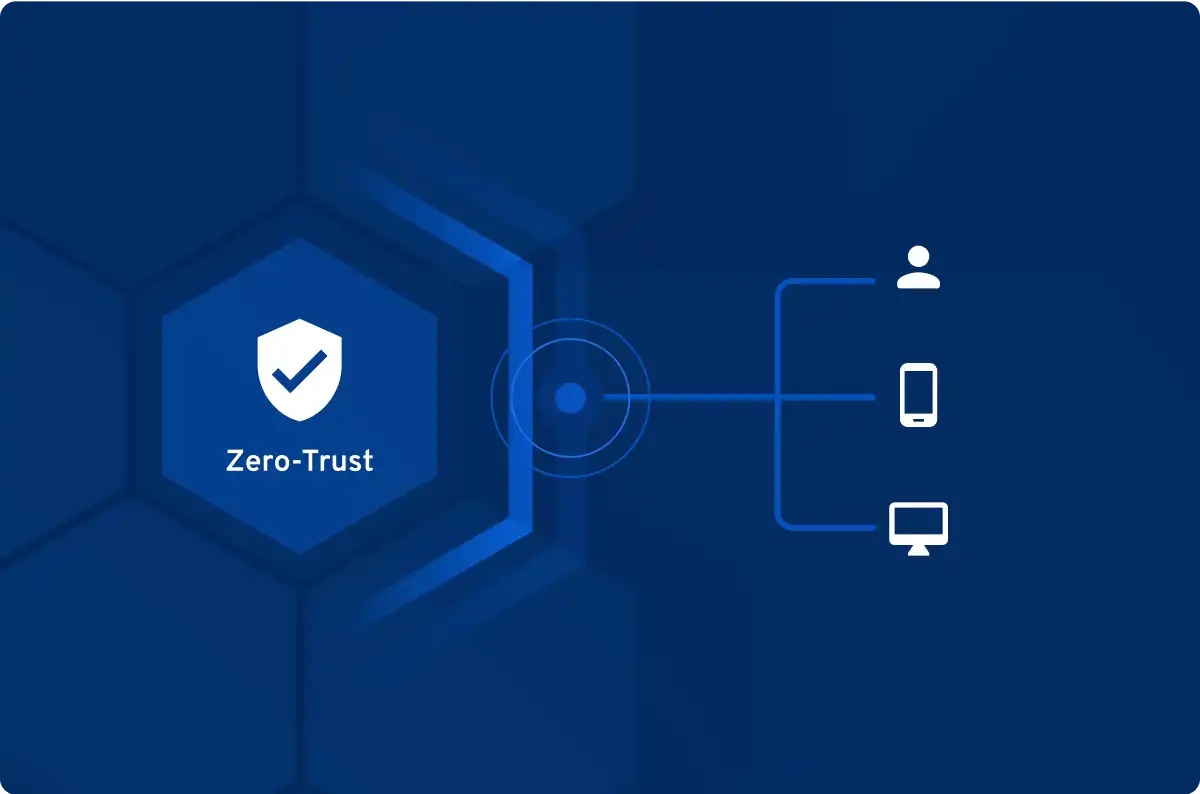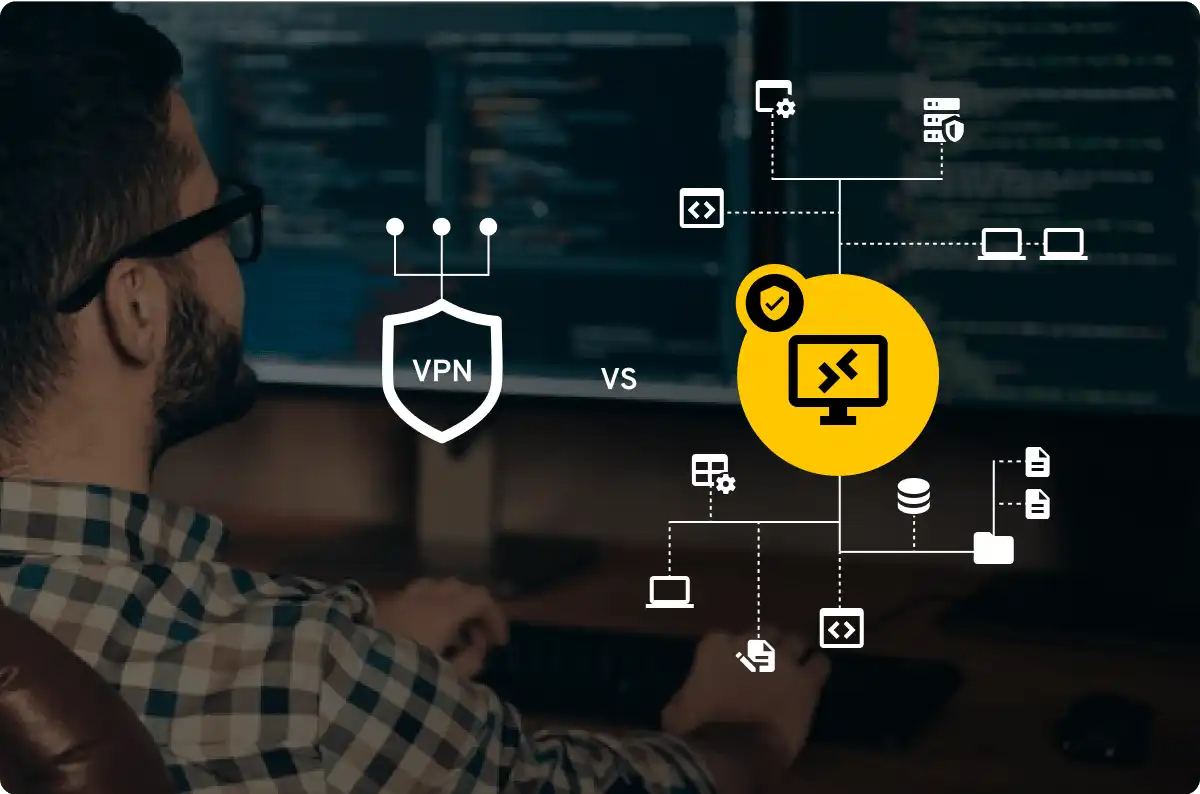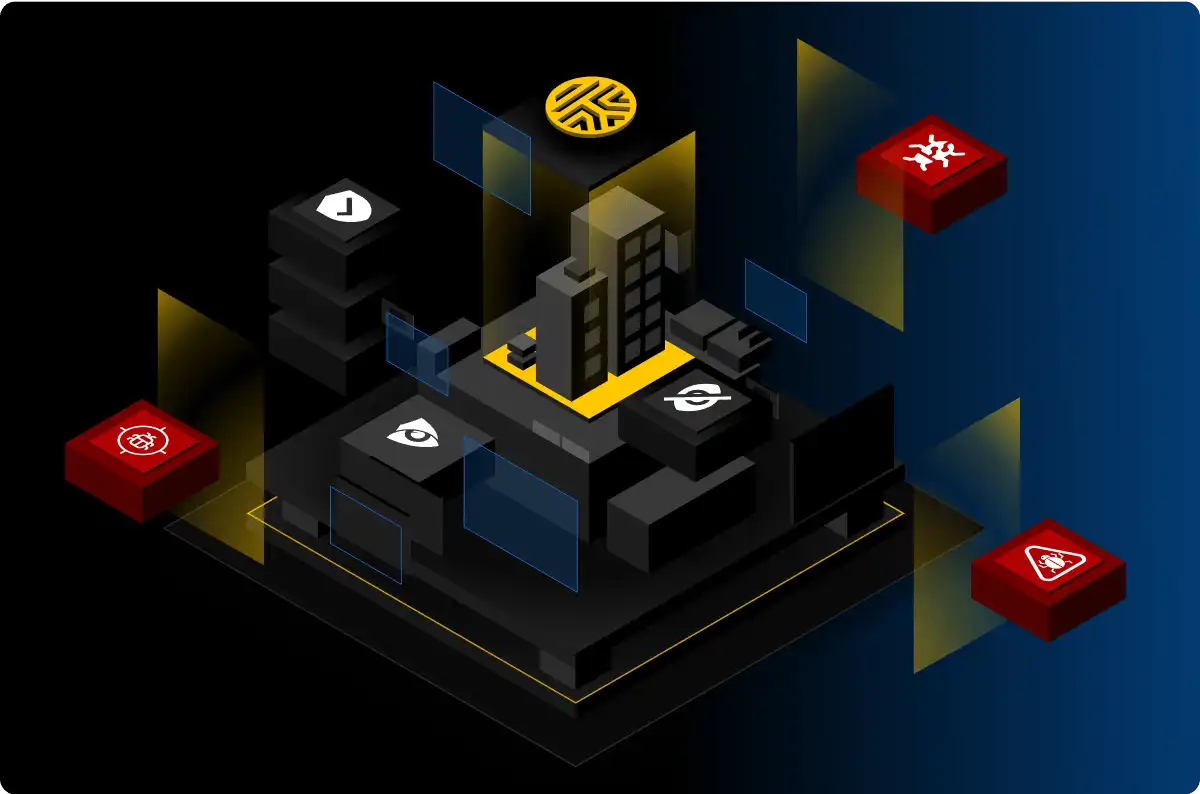How Effective is Zero Trust?
Zero trust is highly effective at reducing cybersecurity risk, minimising attack surfaces and improving audit and compliance monitoring.
Historically, most organisations used a “castle and moat” model to ensure network security. Users and devices located inside the network perimeter were trusted by default, and those outside of it were not. This made sense when most or all equipment and employees were on-prem, ensuring a clearly defined network perimeter.
Over the past decade, cloud computing and mobility have fundamentally changed organisational data environments, chipping away at the “castle” and blurring the network perimeter. The final death blow for “castle and moat” was the COVID-19 pandemic, which forced organisations to rapidly scale their network and security capabilities to support widespread remote work.
The “network perimeter” wasn’t just blurred; it no longer existed. The castle was in rubble, the moat drained, and organisations began moving toward modern zero-trust network access.

The zero-trust security framework is centered around three core principles: assume breach, verify explicitly, and ensure least-privilege access.
Instead of implicitly trusting all users and devices within the network perimeter, zero trust doesn’t trust any of them. Zero trust assumes that all users and devices could potentially be compromised, and everyone, human or machine, must be verified before they can access the network. Once logged onto the network, users should have the minimum amount of network access they need to perform their jobs, and no more.
When deployed properly, the zero-trust model gives IT administrators full visibility into all users, systems, and devices, helps ensure compliance with industry and regulatory mandates, and helps prevent cyber attacks caused by compromised user credentials.

When the COVID-19 pandemic hit, organisations were forced to rapidly scale their network and security capabilities to support widespread remote workforces. Because this change occurred suddenly and with no notice, many organisations simply deployed more of what they already had. Frequently, this meant using VPNs to secure remote connections.
When remote access was limited only to very specific use cases, VPNs worked well enough, but when organisations attempted to scale them up to meet the needs of entire workforces, their shortcomings quickly became apparent.
VPNs don’t scale well at all. They’re also expensive and plagued with latency, reliability, and availability problems. They require a lot of administrative overhead, and they’re extremely difficult for end users to use. Perhaps worst of all, most of them don’t support zero-trust network access.

There are no universal “zero-trust implementation” standards, and knowing where to start can be challenging. However, the following best practices are universal and will help you map out your organisation’s zero-trust journey.

Keeper holds the longest-standing SOC 2 attestation and ISO 27001 certification in the industry. We utilise best-in-class security, with a zero-trust framework and zero-knowledge security architecture that protects customer data with multiple layers of encryption keys at the vault, shared folder and record levels.
Our platform is comprised of three main solutions.
Without password security, zero trust falls apart. Keeper’s zero-trust, zero-knowledge enterprise password management (EPM) platform provides organisations the total visibility and control over employee password practices that they need to successfully implement a zero-trust security model. IT administrators can monitor and control password use across the entire organisation and set up and enforce role-based access controls (RBAC), least-privilege access and multi-factor authentication (MFA).
Keeper Secrets Manager provides a superior zero-knowledge encryption model, designed to ensure that only YOU can access your vault. Keeper Secrets Manager is for DevOps, IT Security and software development teams to manage secrets throughout the software development and deployment lifecycle. Secrets can only be decrypted on the designated devices which you manage.
Keeper Connection Manager, a secure remote desktop solution, enables organisations to implement zero-trust security while dramatically reducing administrative overhead, improving reliability and performance and enhancing employee productivity.
Zero trust is highly effective at reducing cybersecurity risk, minimising attack surfaces and improving audit and compliance monitoring.
Security experts widely agree that the zero-trust model is highly successful at preventing data breaches, ransomware and other cyber attacks.
You must accept cookies to use Live Chat.